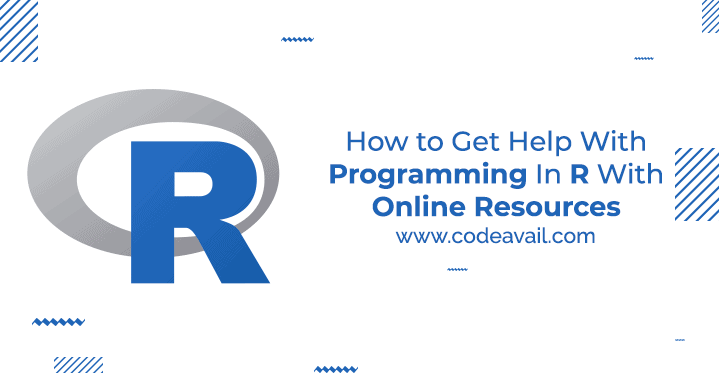Cloud Foundry (CF), first introduced in 2011, was meant to enable the whole application development lifecycle — from early stages to deployment. Pivotal Cloud Foundry is an enterprise-supported release of Cloud Foundry that many businesses use to create a flexible yet opinionated platform. Organizations seeking to establish or improve hybrid and multi-cloud strategies confront hurdles when transferring their applications from PCF to Kubernetes. Your application’s significant reliance on Cloud Foundry’s underlying services often implies that it is bound to Cloud Foundry. Transferring the application generally requires code refactoring or rewriting and modifications to application lifecycle management and the developer experience, which is definitely subject to improvement.
After years of investment and effort, businesses using a traditional Cloud Foundry platform (CF) are now facing restrictions. To stay successful, legacy clients need a Kubernetes-based hybrid cloud platform to handle their old, stateful, and future containerized cloud-native apps. Customers understand the need to migrate their traditional Cloud Foundry containerized apps to a Kubernetes-based platform, but determining how to proceed may be difficult. Well, several reasons might be useful in deciding alternatives and methods for moving cloud-based applications to Kubernetes. So keep reading to know more about PCF migration — from the reasons behind the translations to the key benefits associated with the switch.
What Are the Benefits of Migration?
Table of Contents
Cloud Foundry users saw the first advantages of microservices applications on the Cloud Foundry platform. Unfortunately, customers must now face the problems of a legacy Cloud Foundry platform, such as:
- Migrating a typical workload involves significant refactoring expenditures;
- Moving to AKS can enhance agility and performance. It allows for quicker application deployment, increased security, and openness of the platform, leading to improved operational efficiency;
- Cloud Foundry requires a large computational resource footprint to operate both in the cloud and on-premises;
- The inability to use the most recent cloud-native technologies, which are accessible via the Cloud Native Computing Foundation (CNCF);
- While PCF is popular for its pre-configured components, some users find it restrictive regarding customizability and scalability. Migrating to AKS allows for greater flexibility and scalability;
- Transitioning to AKS can lead to significant cost savings, including reduced licensing, operational support, and compute costs.
Migrating from PCF to AKS presents a strategic opportunity for businesses to modernize their IT infrastructure, reduce costs, access modern technologies, improve agility, and benefit from expert guidance throughout the migration process. With this in mind, it is no wonder why so many companies are switching to AKS these days.
Migration Options to Consider
Legacy Cloud Foundry users have limited choices when migrating legacy apps to Kubernetes. The customer can do the following:
- Maintain their application platform and risk paying more maintenance expenditures without the advantages of current capabilities;
- Rehost apps to an intermediate state. Applications running on Kubernetes may stay integrated with Cloud Foundry’s application programming interfaces (APIs).
- Replatform their apps from Cloud Foundry to a Kubernetes-based cloud environment.
After all, it all depends on the company’s vision and strategy. Whatever option works effectively for migration purposes.
Understanding PCF Migration: Why, How, and What
Several important elements influence the decision to migrate from PCF to AKS. For starters, the ownership transfer from VMware to Pivotal to Broadcom has shown a lack of product focus, sending consumers to Tanzu, which, although promising, is not yet mature enough. Furthermore, the high license renewal fees connected with PCF and uncertain future pricing and licensing conditions that often increase charges dramatically and force consumers into long-term contracts make relocation appealing.
Furthermore, the upcoming support for End of Life (EOL) for PCF in mid-2024 creates uncertainty about the quality of service, prompting enterprises to investigate migration options. Finally, huge cost savings on software renewals and operating expenditures make PCF conversion an appealing alternative for enterprises. All these serve as a driving force for companies to switch from PCF to AKS.
Also Read: Top Programming Languages 2024: A Guide to a Thriving Tech Career


